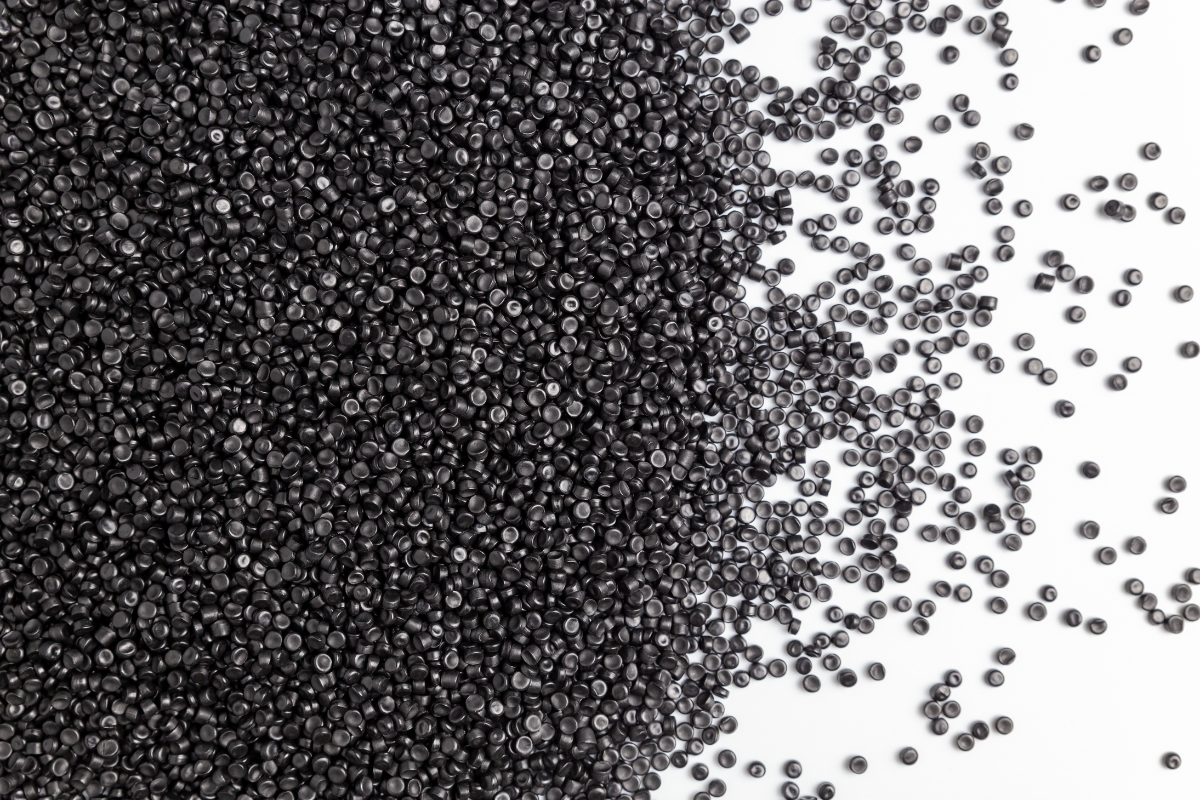
The updated report examined increases in PCR usage and processing capacity, but noted that CPG companies are unlikely to meet this year’s plastics targets. | Meaw Stocker/Shutterstock
Although consumer packaged goods companies made progress toward their recycled-content goals, critical gaps remain in supply security, according to a recent report from Ameripen. As a result, the industry advocacy group says these companies are unlikely to meet their 2025 PCR targets.
The Circular Matters consultancy prepared the study, funded by the Recycling Is Real initiative of the Plastics Industry Association. Ameripen represents stakeholders throughout packaging supply chains.
The study found that for companies with stated recycled content goals, average PCR content in plastic packaging more than doubled, from 5.3% in 2019 to 10.7% in 2023. And although CPGs typically do not state resin-specific targets, their reported PCR usage indicates that greater availability of recycled PET, recycled HDPE and food-grade RPET are driving the higher use of these two resins, the report said.
Similarly, Ameripen cites the New Plastics Economy Global Commitment 2024 Progress Report from the Ellen MacArthur Foundation, which noted that the most significant increases in use of PCR by weight globally were in PET, HDPE and LDPE.
Since Ameripen’s 2021 report, U.S. reclaimers have more than doubled capacity for PCR supply. The report also noted that this additional capacity has mostly been a result of existing reclaimers adding capacity rather than from new suppliers entering the market.
Even so, especially for RPET, the U.S. will still have insufficient recycled plastic supply to meet this year’s packaging goals, absent a significant increase in collection rates and chemical recycling capabilities, the report said.
Chemical recycling accounts for a very small portion of PCR used, in part because chemical recycling is not yet widespread in the U.S., the report noted. In addition, it remains far from clear whether resin made with chemically recycled post-consumer plastics will count toward state-legislated content mandates, the report authors added.
In recent months, numerous companies have pulled back on their voluntary targets for reducing their use of virgin plastics. The Ameripen report found that CPG companies continue to cite obstacles to securing sufficient supply that include inadequate infrastructure and collection systems.
In the 2021 study, Ameripen assumed CPGs would develop goals for a variety of packaging formats and materials, enabling the organization to thoroughly analyze supply and demand, said Rob Keith, membership and policy director at Ameripen, in a press release.
“To our surprise, outside of some plastics goals, we found most goals were framed in an either/or context (recyclable or sustainably sourced) or no recycled content objectives were publicly stated,” he said. As a result, this year’s updated report provides a more holistic look at recycled content in packaging, including paper and aluminum along with plastics, he added.
“As time goes on, the demand for recycled materials for use in packaging will likely increase over the levels identified in this report,” the authors wrote, adding that the earlier report included data from 35 CPG companies, compared to 46 in this year’s update.
EPR’s role
Since 2020, at least 10 states have enacted extended producer responsibility legislation and recycled-content mandates, which has helped pressure improvements to recycling systems, the report said.
In recent years, Ameripen has evolved its stance on EPR legislation. Nevertheless, “we believe that CPGs prefer the incentive-based approach over mandates to allow flexibility. In order to appear fair, PCR goals are not only being considered for plastics, but for all materials in the EPR laws and regulations. What remains to be seen is if PCR targets will be set based on materials specific needs assessments that identify where additional PCR demand is truly needed.”
In addition, the report advocates for open, competitive markets for post-consumer materials “that balance all end-uses of recovered materials,” rather than policies that give preferential access to recycled materials.

